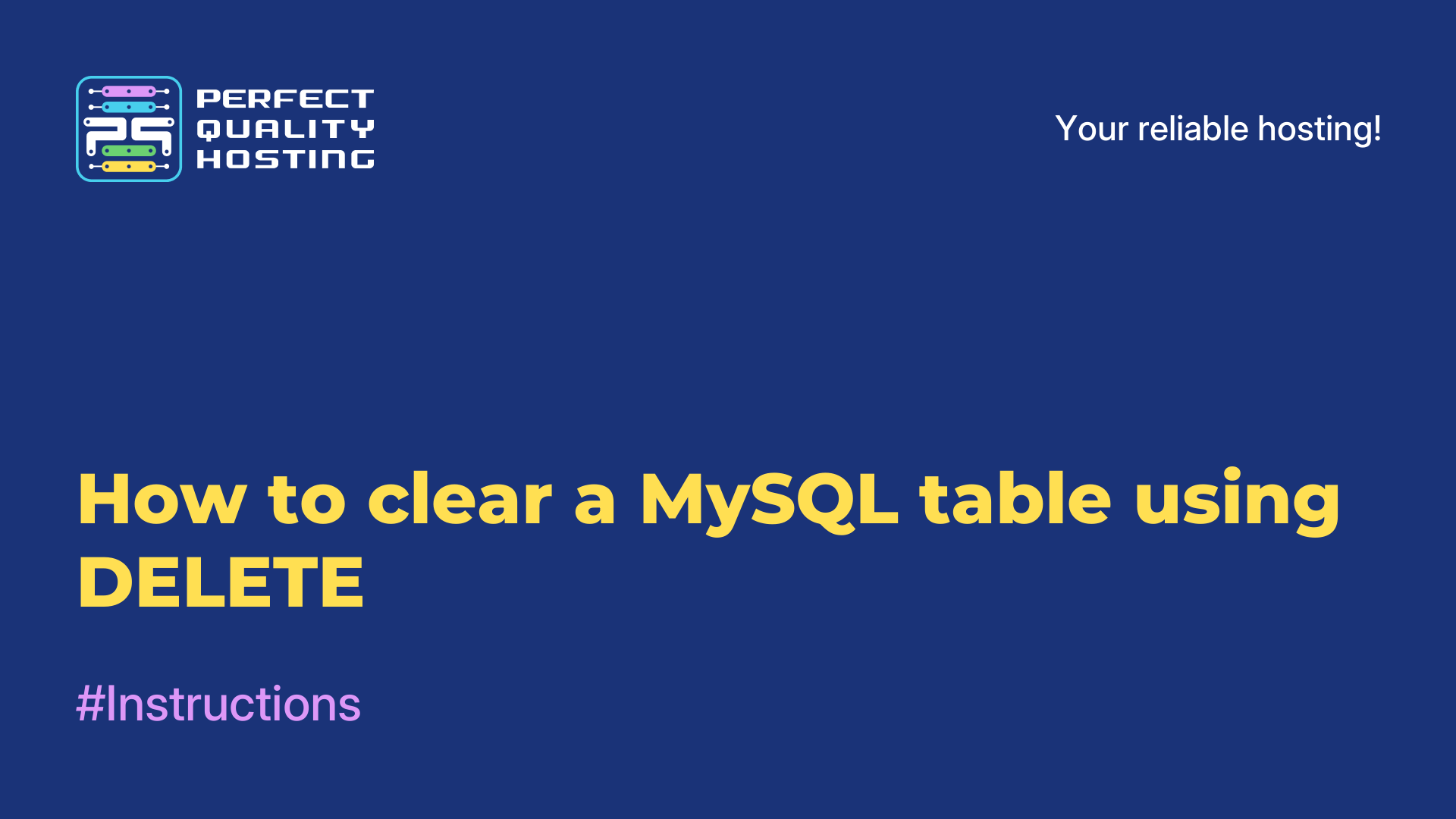-
United Kingdom+44 (20) 4577-20-00
-
USA+1 (929) 431-18-18
-
Israel+972 (55) 507-70-81
-
Brazil+55 (61) 3772-18-88
-
Canada+1 (416) 850-13-33
-
Czech Republic+420 (736) 353-668
-
Estonia+372 (53) 683-380
-
Greece+30 (800) 000-02-04
-
Ireland+353 (1) 699-43-88
-
Iceland+354 (53) 952-99
-
Lithuania+370 (700) 660-08
-
Netherlands+31 (970) 1027-77-87
-
Portugal+351 (800) 180-09-04
-
Romania+40 (376) 300-641
-
Sweden+46 (79) 008-11-99
-
Slovakia+421 (2) 333-004-23
-
Switzerland+41 (22) 508-77-76
-
Moldova+373 (699) 33-1-22
 English
English
What is a Linux distribution: a list of the smallest
- Main
- Knowledge base
- What is a Linux distribution: a list of the smallest
A Linux distribution is an operating system based on the Linux kernel with a set of programs and tools for working with computers. It includes a graphical user interface, device drivers, networking tools, office applications and many other features. Each distribution has its own features, customizations, and interface, allowing users to choose the most suitable distribution that meets their needs.
Why a distribution is needed
A Linux distribution is a collection of software, including the Linux kernel and various application programs, put together for ease of use by the end user. Here are a few reasons why Linux distributions are so important:
- Ease of installation and use: provide installation programs and graphical interfaces that make installing and using Linux more accessible to a wide range of users.
- Package manager: usually come with package managers that make it easy to install, update, and uninstall software from centralized repositories.
- Choice and flexibility: there are many different Linux distributions available, each focused on specific user needs. Some distributions focus on security, others on performance or ease of use.
- Open source: most Linux distributions are based on open source code, which means that users can view and modify the source code of programs to suit their needs.
- Stability and security: many distributions are known for their stability and security, making them an attractive choice for servers and personal computers.
- Community and support: have active user and developer communities that can help with questions and problems.
They provide a variety of options and flexibility in choosing the right solution for a user's specific needs.
How to find out which Linux distribution
There are several ways to find out what Linux distribution you have installed:
Using the lsb_release command:
- Open a terminal.
- Type the command:
lsb_release -a - Press Enter.
This command will show information about your Linux distribution, kernel version, and other details.
View the /etc/os-release file:
In the terminal, type the command:
cat /etc/os-releaseThis file contains information about your Linux distribution.
Using the uname command:
In a terminal, type the command:
uname -aThis command will show information about the Linux kernel version, as well as other data.
Checking the contents of the /etc/*-release file:
In a terminal, type the command:
cat /etc/*-releaseThis will allow you to view the contents of files related to Linux distribution information.
These methods will help you find out information about your Linux distribution. If you have additional questions or need further assistance, feel free to get in touch.
Advantages of small distributions
The benefits that come with such Linux operating systems are indeed many:
- Small Linux distributions are smaller in size, which means quick download and installation on your device.
- Such distributions run faster on older computers and devices with limited resources. They run more efficiently by optimizing and reducing the number of installed applications.
- Despite their small size, they usually have a wide selection of software and can be customized to meet the user's requirements.
- Often used to create their own customized systems, which involves having many projects and utilities to work with the system.
- Consume less system resources, so they run much faster and more efficiently on older or not very powerful devices.
List of the smallest distributions
Manufacturers of modern Linux distributions pay more attention to compatibility with modern hardware. Older machines cannot handle such a load, and even the simplest operations, such as copying files, make the computer work for a long time and use all its resources. This leads to constant errors and system hangs.
There are many lightweight distributions that can quickly revitalize your old PC:
- Tiny Core Linux
- Damn Small Linux
- Puppy Linux
- Slitaz
- Antix Linux
- Bodhi Linux
- Lubuntu
- VectorLinux
- Porteus
- ArchBang Linux
Their developers have cut out all unnecessary information that only takes up space, such as libraries, programs and graphical tools. This not only makes the distro lightweight, but also makes it faster.
In the articles that follow, let's take a look at each of these distributions that you can use for your work.






































